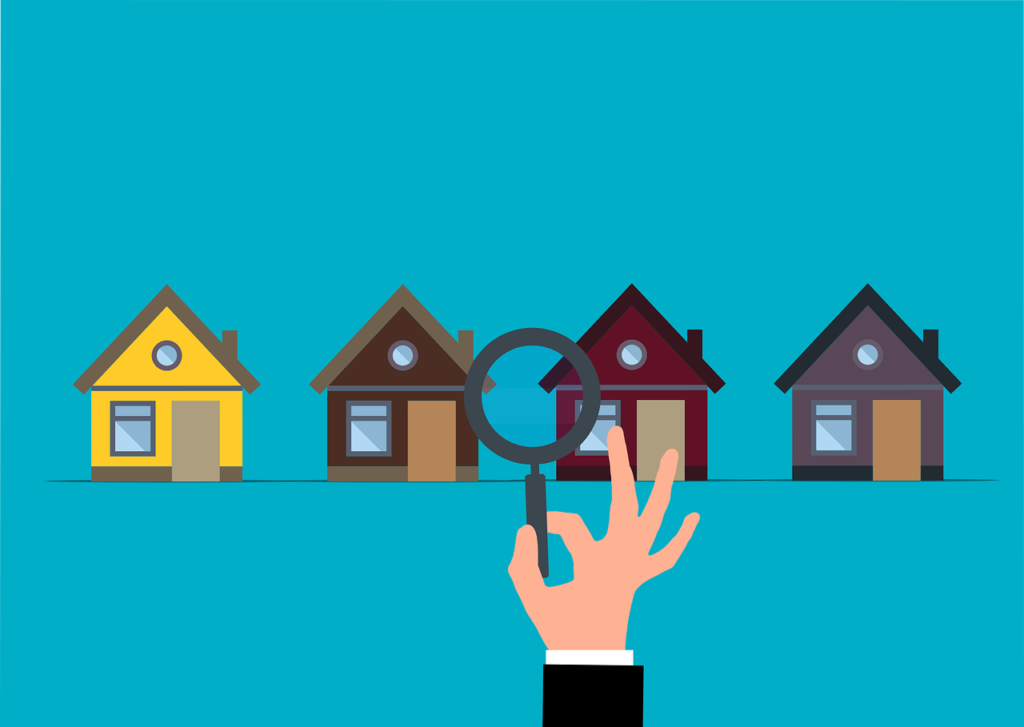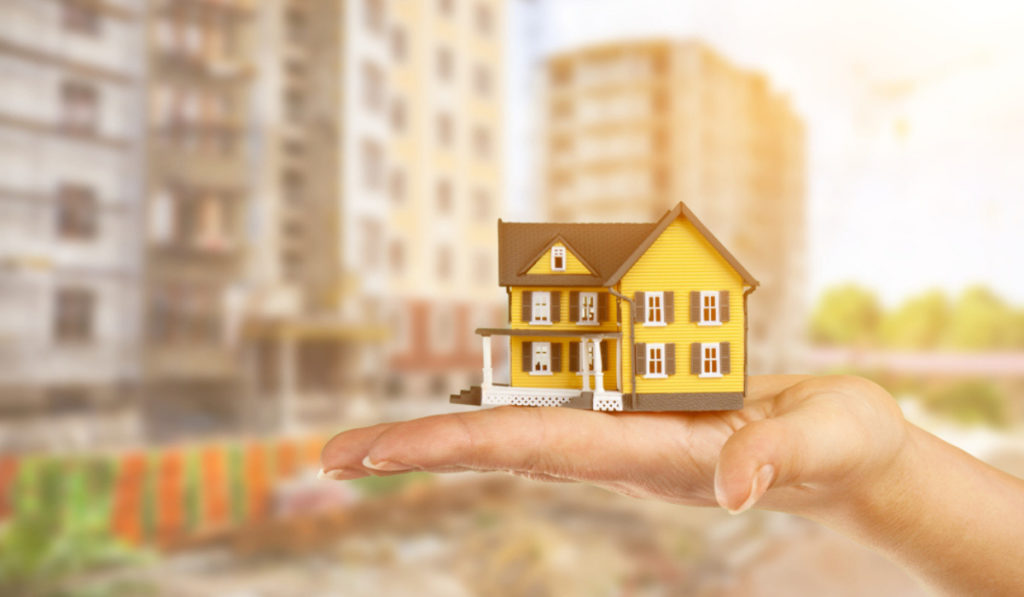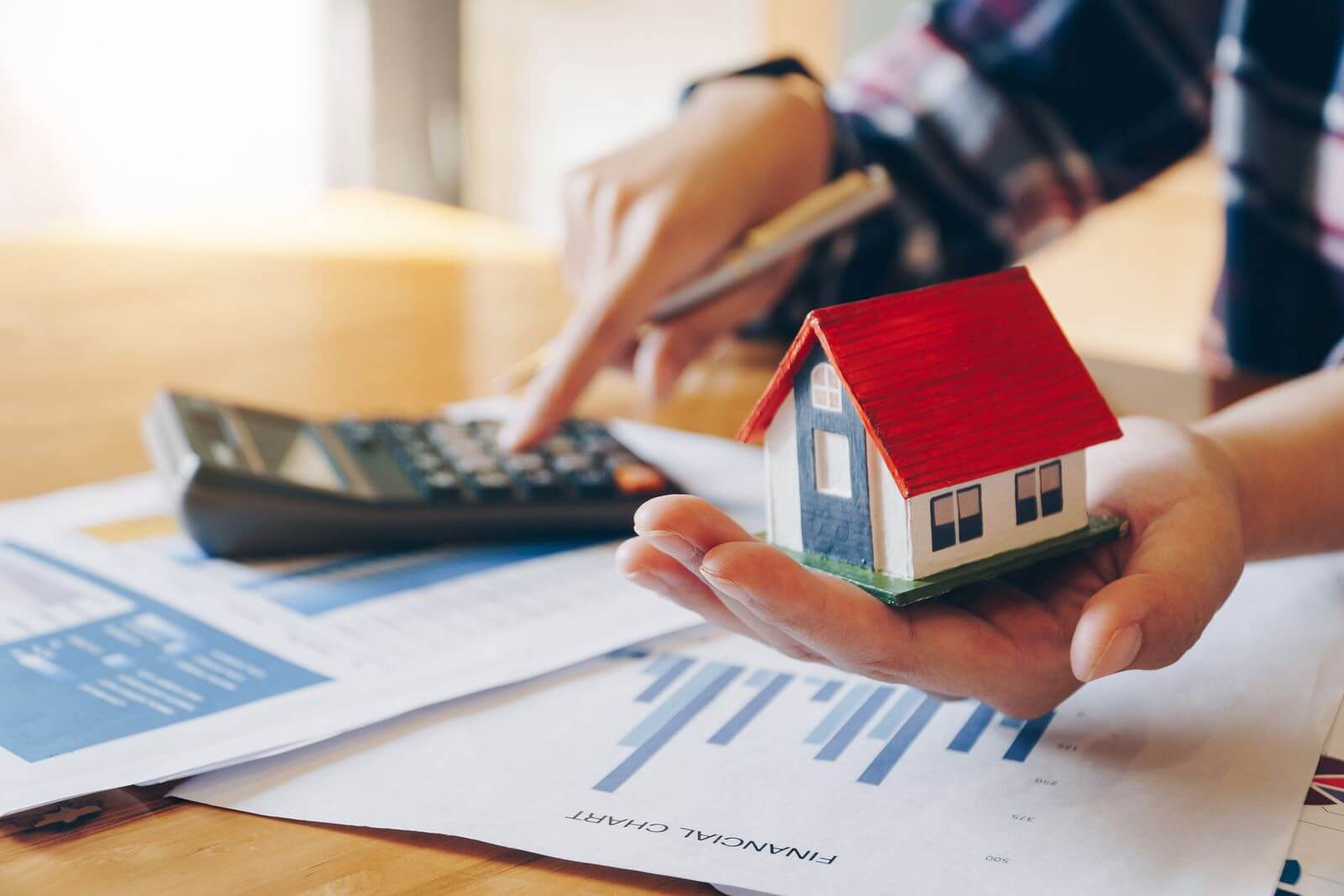Most investors do not know how to calculate ROI in real estate, and that is where they cannot assess the value of their property in the right ways.
Real estate is considered to be one of the most profitable industries. It offers investments in several forms such as residential or commercial projects, retail offices, real estate investment trusts (REITs), and shareholding in properties.
It provides investors with steady cash flows, long-term financial security, investment diversification, tax advantages, and, in most cases, higher return on investment (ROI).
Most investors prefer rental properties as they generate a steady cash flow that they can further invest in several other domains. Some investors buy properties with the intent of selling them after a short period of time and earning higher profits.
Investment goals might differ for various investors; however, the primary objective is usually a high return on investment (ROI).
Feeta.pk, Pakistan’s smartest property portal, brings you a complete guide on how to calculate ROI in real estate.
What Is ROI?
ROI is a mathematical calculation that allows investors to evaluate the performance of a particular asset over a period of time, in comparison to others. To summarize, it is the profit an investor gains over his / her investment.
In real estate, ROI is the profit gained from a property in the form of rent or property value appreciation.
Requirements to Calculate ROI:
After finding a property for investment, there are some basic requirements to calculate the potential ROI. These factors will determine how a property investment will grow in the near future.
- Property details: Location, repair cost, per square feet price, and number of bedrooms
- Mortgage details: Down payment, loan terms, interest rate, and closing costs
- Rental income details: Anticipated rental value, tenancy ratio
- Property maintenance expenses
How to Calculate ROI?
The following formula is used to calculate ROI in real estate:
(ROI = Gain in investment – Initial cost of investment / Total Cost)
- To calculate ROI, you need to calculate the final value of your property including investment gains.
- Subtract it from the initial value of the investment without closing costs.
- Divide the resulting value by the total investment cost, which includes closing costs as well.
This formula is basic and easy to work with. However, investors might get confused as they have to keep track of all factors that can affect it.
For instance, the closing cost can be unpredictable and can affect the ROI negatively.
What Is Good or Bad ROI?
If a property is generating sufficient profits after covering all the closing costs, it is said to have a good ROI. According to major real estate firms, a good ROI value falls somewhere between 8-10%.
On the other hand, if a property fails to generate profits, it has a bad ROI. Properties with 2-5% ROIs are less attractive to investors.
Factors Affecting a Property’s ROI Value:

Source: Pinterest
The following are some of the factors that can affect the value of your property’s ROI:
- Location
- Property type
- Property’s condition
Location:
A property’s location is a prime factor in defining its value and the potential return on investment it can generate. If a property is well-connected to major areas, such as schools, hospitals, and roads, there are great chances that it will generate a high ROI.
However, if a property is located in some far-off area, it is unrealistic to expect a high ROI from it.
Moreover, demographics, such as age factors and socioeconomic factors of that particular area, also matter.
If the residents of a particular area earn well and have a good living, they will make greater investments.
Property Type:
There are six different property types based on their usage:
- Residential
- Commercial
- Mixed-Use
- Industrial
- Agriculture
- Special Purposes (Offices, Research)
All these different types of properties have different ROI values. For instance, commercial units generate more income in a short span as compared to residential units, which keep growing with time and produce low rental income.
Similarly, agricultural land can generate crop income. So, while investing, you should carefully assess property types and the potential income you can get in return from them.
Condition of the Property:

Source: Housing
Buying a property in a bad condition is a waste of investment. It will cost a lot of money in the form of maintenance and repair charges. Moreover, there are fewer chances of tenancy for such properties.
On the other hand, well-maintained properties that offer a range of amenities and facilities will attract a number of tenants and buyers.
Ways to Increase ROI in Real Estate:
The following are some important strategies that can be used to increase ROI in real estate:
- Invest in the right property type
- Purchase cheap properties
- Improve your property’s condition
- Reduce annual costs on property maintenance
- Create a marketing strategy for your property’s advertisement
Keeping all of the above factors in mind, investors can make a hefty profit on their property investments.
To get more information about real estate investments, visit our feeta blog.



